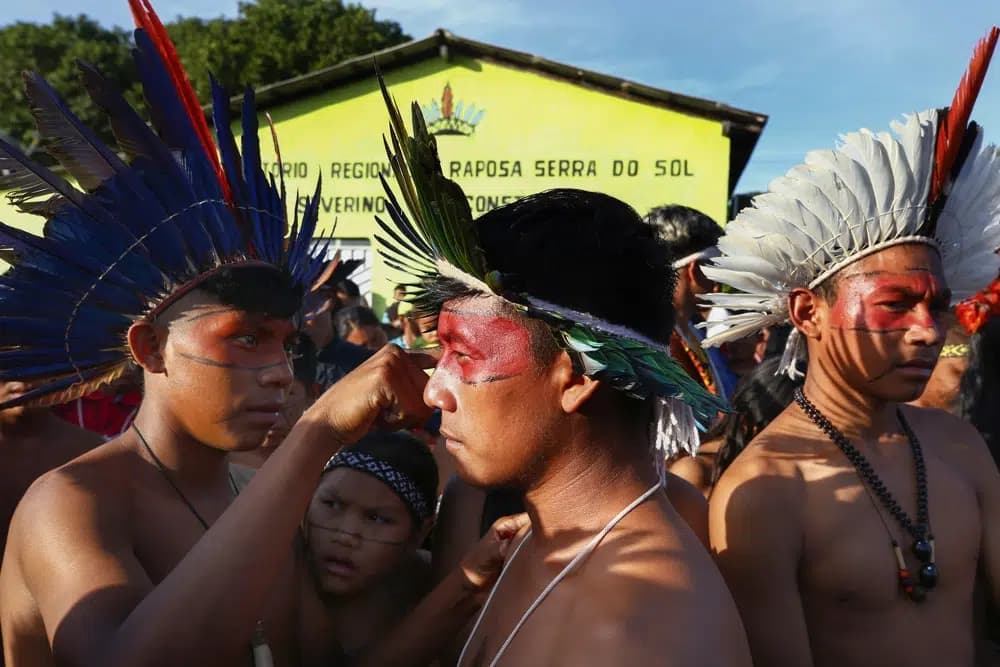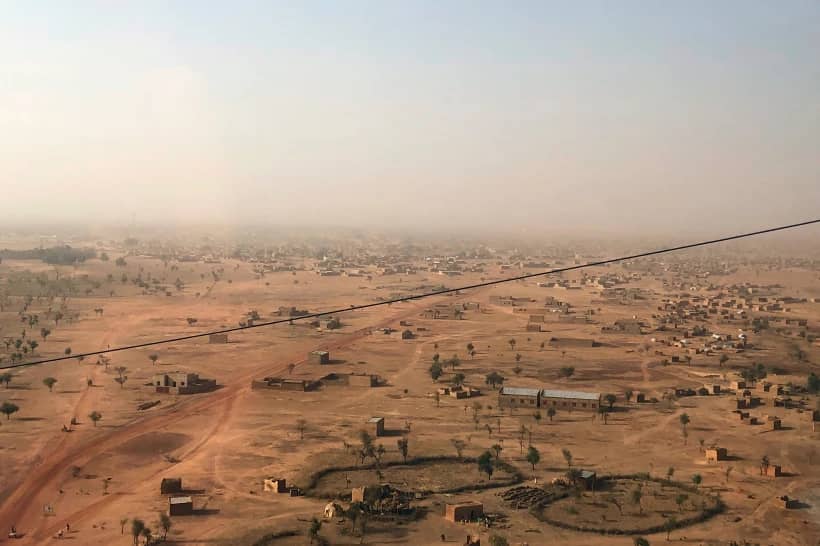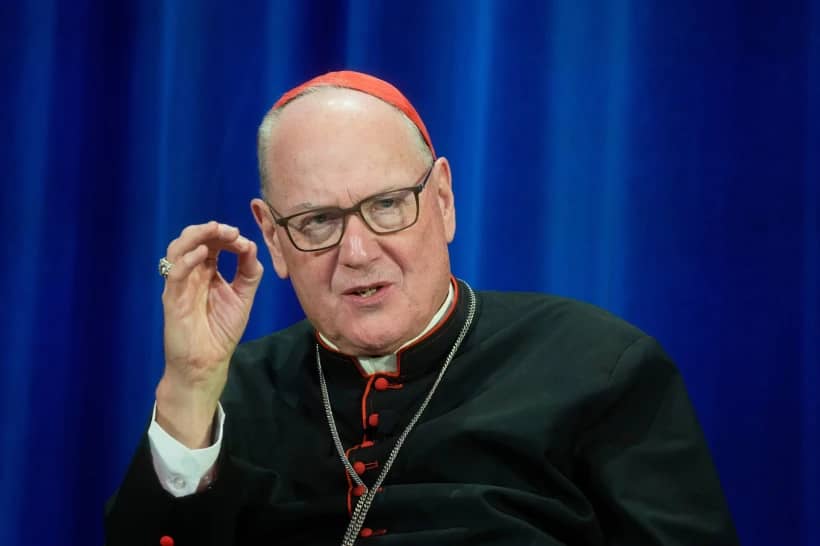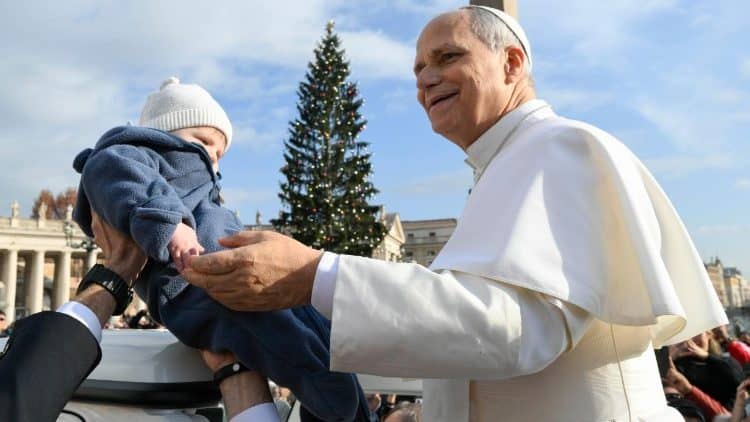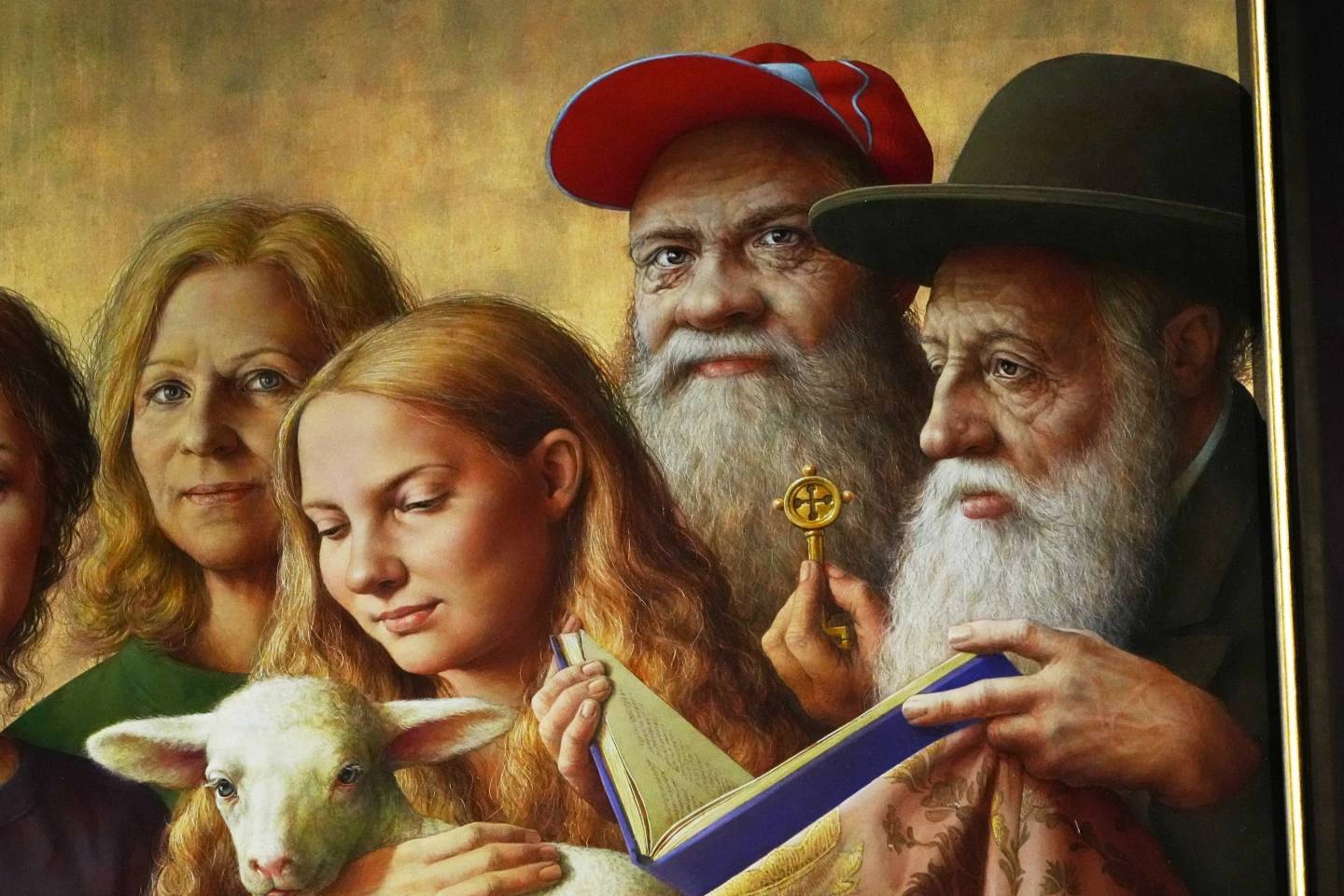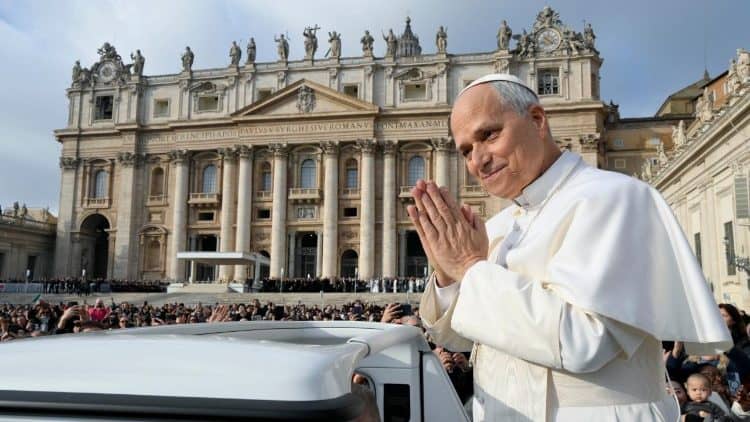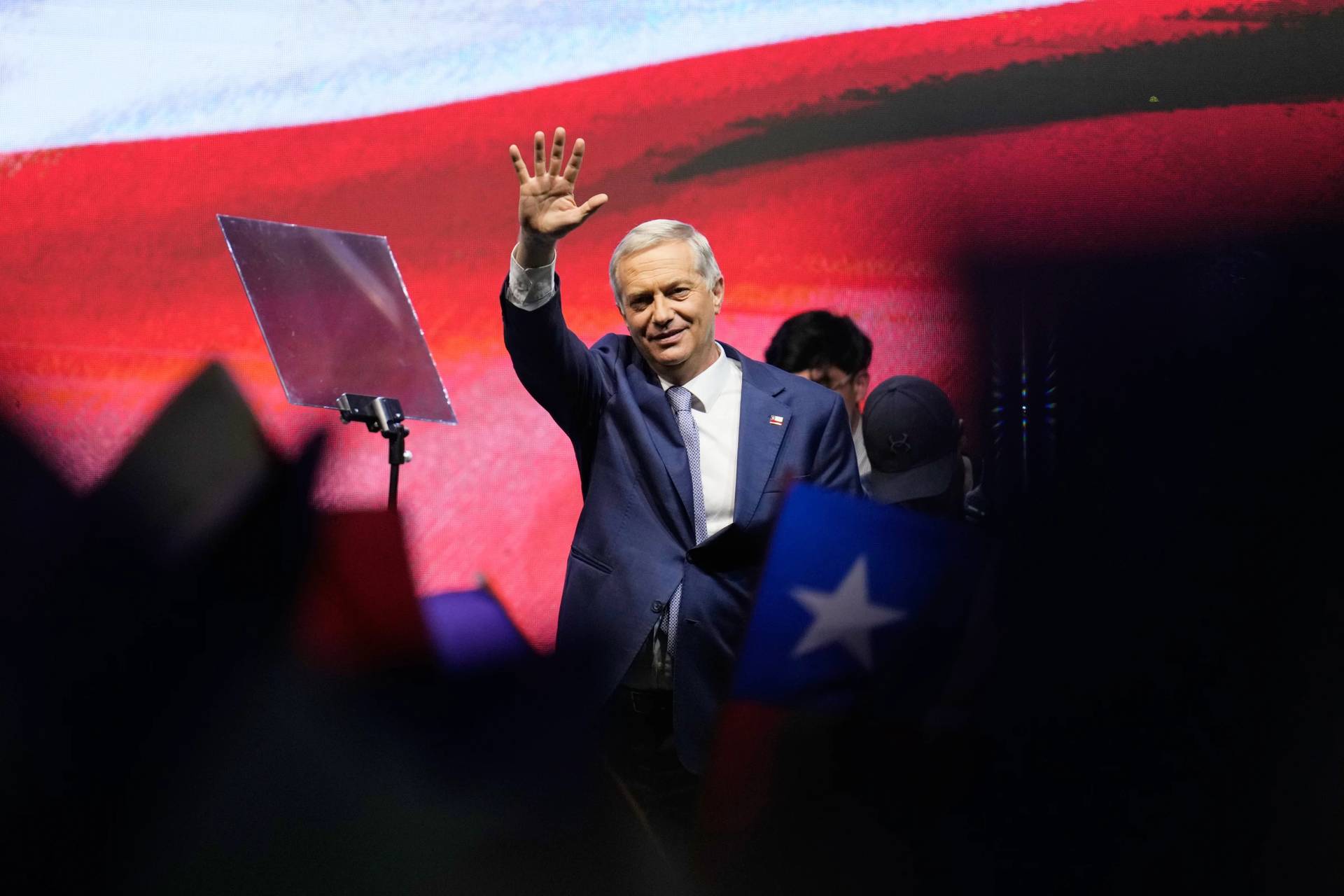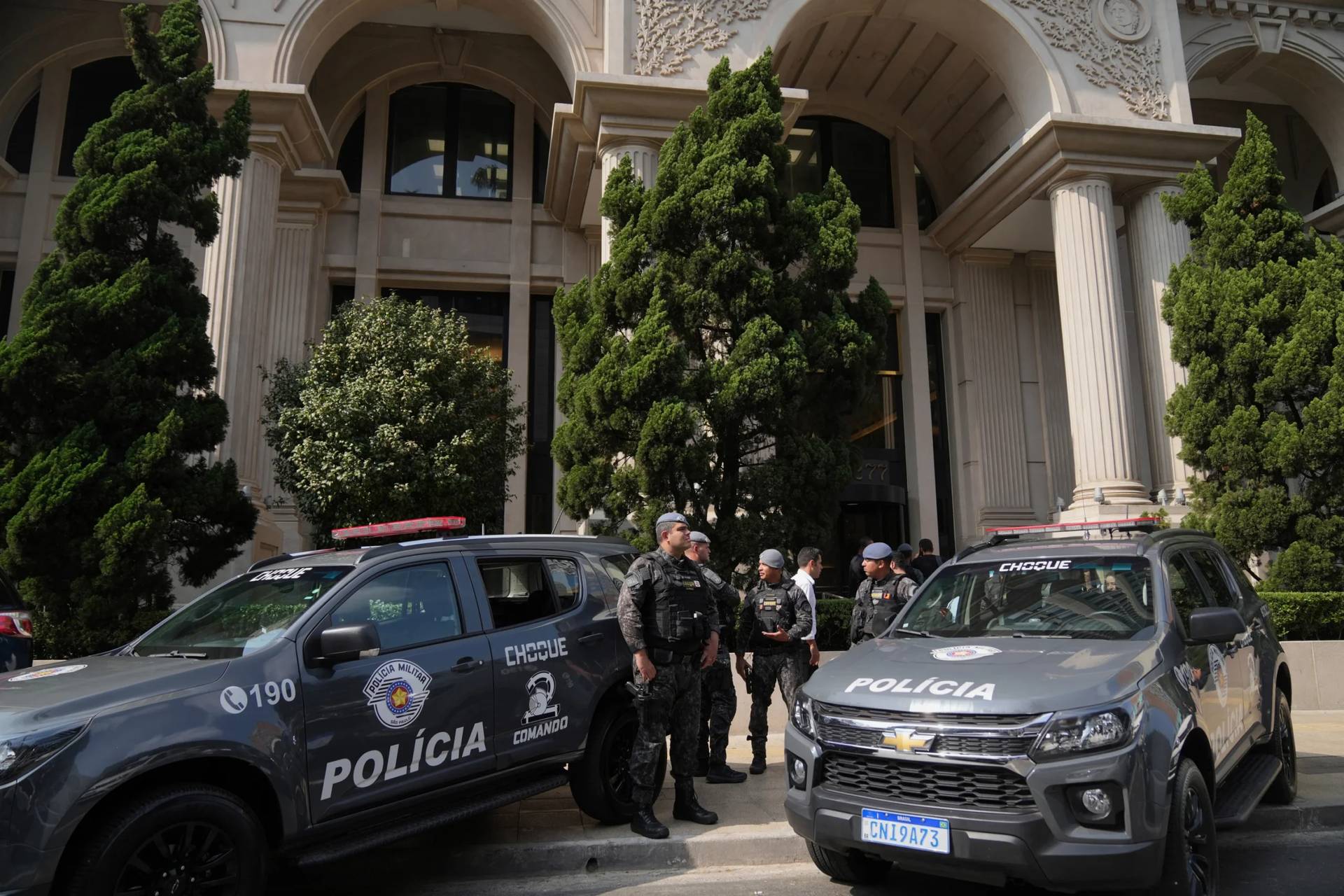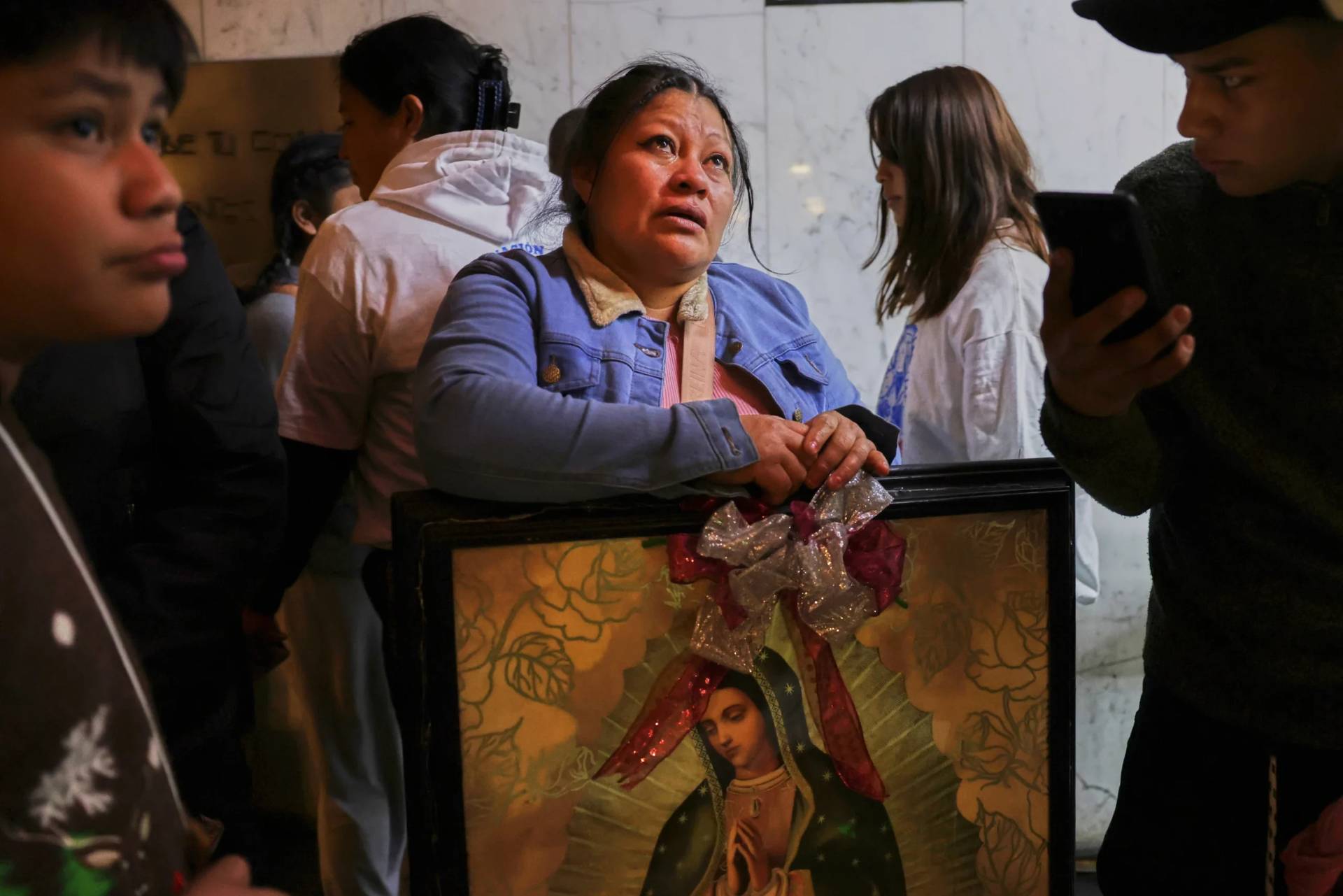SÃO PAULO – The finishing touches of the rituals and the Missal of the Amazonian Rite will probably be concluded in July, according to one of the heads of the process.
Over the past weeks, Catholic communities all over the Amazon have been analyzing and discussing the theological landmark, a compilation of proposals accompanied by theological justification produced by the Amazonian Rite commissions – which are formed by theologians and anthropologists who have been working on the elaboration of suggestions.
The theological landmark is being presented to and debated by Catholic groups – including parishes and ecclesial organizations – in the Pan-Amazon region, which encompasses all countries and territories that form the Amazon. Not only Indigenous Catholic communities have been consulted, but also urban groups.
The idea, according to Brazilian-born Father Agenor Brighenti, one of the theologians in charge of the work, is to conclude such a phase in June and, in July edit the final suggestions concerning a specific Amazonian Rite, with its particular Missal and rituals – including those related to sacraments.
According to Italian-born Bishop Eugenio Coter of the Diocese of Pando, in Bolivia – who coordinates the 13 commissions elaborating the Amazonian Rite along with Brighenti – the current stage has been markedly positive.
“We can say that the reception of that work has been full of hope. The people understand that their culture and history have been really considered,” Coter told Crux.
He said that there has been “full acceptance from pastors, catechists, and other leaders,” who realized that “the Church has been assuming a face that reflects theirs.”
“Until now, we haven’t received objections or appointments related to potential theological difficulties. People understand that such a work of inculturation of faith is the product of a ‘distant’ Council and of the process engendered 60 years ago in order to get closer to their history and way of living their faith,” Coter said.
He explained that the basis for the compilation of a number of suggestions that will form the new rite is the “500-year history of Catholic presence and pastoral action in the Amazon.”
Indeed, the scholars involved in the work have been consulting the ancient archives of the Church and of the congregations that are present in the region in order to identify the ways how the Amazonians have conformed their Catholic faith to their own cultures over the centuries.
“On the other side, popular religious traditions are being registered and analyzed, especially in the urban context, which received Indigenous migrants who came along with their religiousness,” Coter explained.
Franciscan Father Florencio Almeida Vaz Filho is one of the anthropologists involved in the effort. A member of the Maitapu Indigenous group and a professor at the Federal University of Western Pará, Vaz Filho explained that the Missal will be the same for all communities in the Amazonian Rite, so a number of general references have been gathered, ones that are valid for the Pan-Amazon region as a whole.
“Despite the Amazonian diversity, there are several common elements in the regional culture, like the people’s relationship with the rivers’ flood and drought cycles in the rainy and dry seasons, something that impacts the Amazonians’ creeds, memories, and forms of being,” Vaz Filho told Crux.
In that sense, the Amazonian Rite commissions have defined a few major aspects that have to be present at the Missal.
“One of them is the relationship of the Amazonians with nature as something alive. Nature is a subject, not an object. And it speaks. It’s been created by God and it’s at the same time inhabited by God, so it’s sacred,” Vaz Filho said. Allusions to such a cultural trait will be all over the Rite.
Another central element is reciprocity. Not only the relations between the people must be reciprocal in the Amazon, but also their relations to nature and to the spiritual world.
“People share meals, memories, and suffering when they meet and celebrate. But they do it also with the dead – they light candles and pray for them, in order to keep their relationship alive – and with all that is sacred, like when they fulfill promises to saints,” Vaz Filho told Crux.
Celebrations may incorporate a special moment for communion in which people can share their food and eat together.
“Normally in festivities people bring food with them in order to offer it to their neighbors. It happens after the service, given that nowadays the Church doesn’t have a time for that in the rite. But it’s sacred for them. So, that’s something that can potentially change,” he said.
Vaz Filho said that orality is another fundamental aspect of the Amazonian Church, so the Rite must give it enough space.
“It’s central for Indigenous, quilombolas [descendants of African slaves who fled captivity when slavery was legal in Brazil, between 1500-1888], and Amazonian urban people to talk about their pain, anguish, motivations. Not only the priests must have time to talk, but the communities too,” he explained.
Vaz Filho also pointed out that a general cultural trait in the Amazon is that “the people’s bodies also communicate, so they like to dance, to be close, to give hugs.”
“In the Roman Rite, people generally stay distant from each other. In the Amazonian Rite, hugs and dances must be present,” he argued. Dance has been part of sacred rituals and festivities for centuries in the Amazon, he added.
Coter explained that “huge attention has been given to the theological dimension of the Catholic Church.” The form and substance of the sacraments, for example, cannot and will not be touched, he said.
“But yes, their cultural and celebrational manifestation may change,” the bishop added.
While some elements depend on formal instances – that’s the case with local languages, which may be used for the whole service in the case of official translations – others can more easily be assimilated, like the use of traditional Amazonian garments, Coter explained.
The Amazonian Rite may change traditional elements of the Roman ritual, Coter said, mentioning the use of smoke as an example.
“For Romans, the smoke of the incense is a signal of adoration and respect for the divinity. In the Amazon, it means purification. Incensing the cross, therefore, is pretty much a scandal in the Amazon, because it means that one wants to expel the spirit of evil from it,” he said.
The commissions’ suggestions will also include organizational elements, like the establishment of new ministries – like the ministry of the forest guardians – and the controversial ordination of married men, the so-called viri probati. The creation of women deacons, a major controversy, will also be suggested by them.
“The whole work will need to be approved by the Ecclesial Conference of the Amazon and by the national bishops’ conferences,” Coter said.
